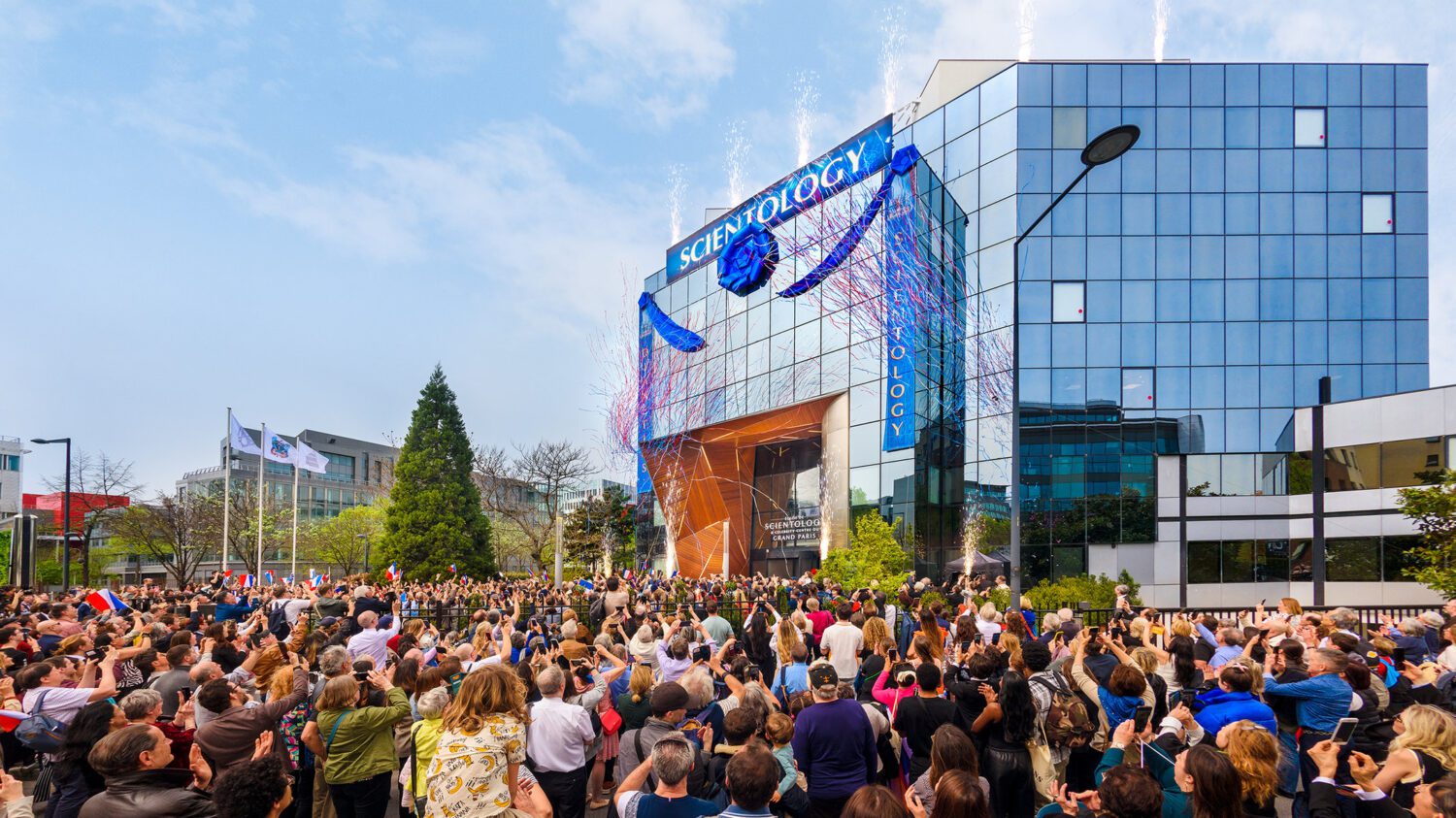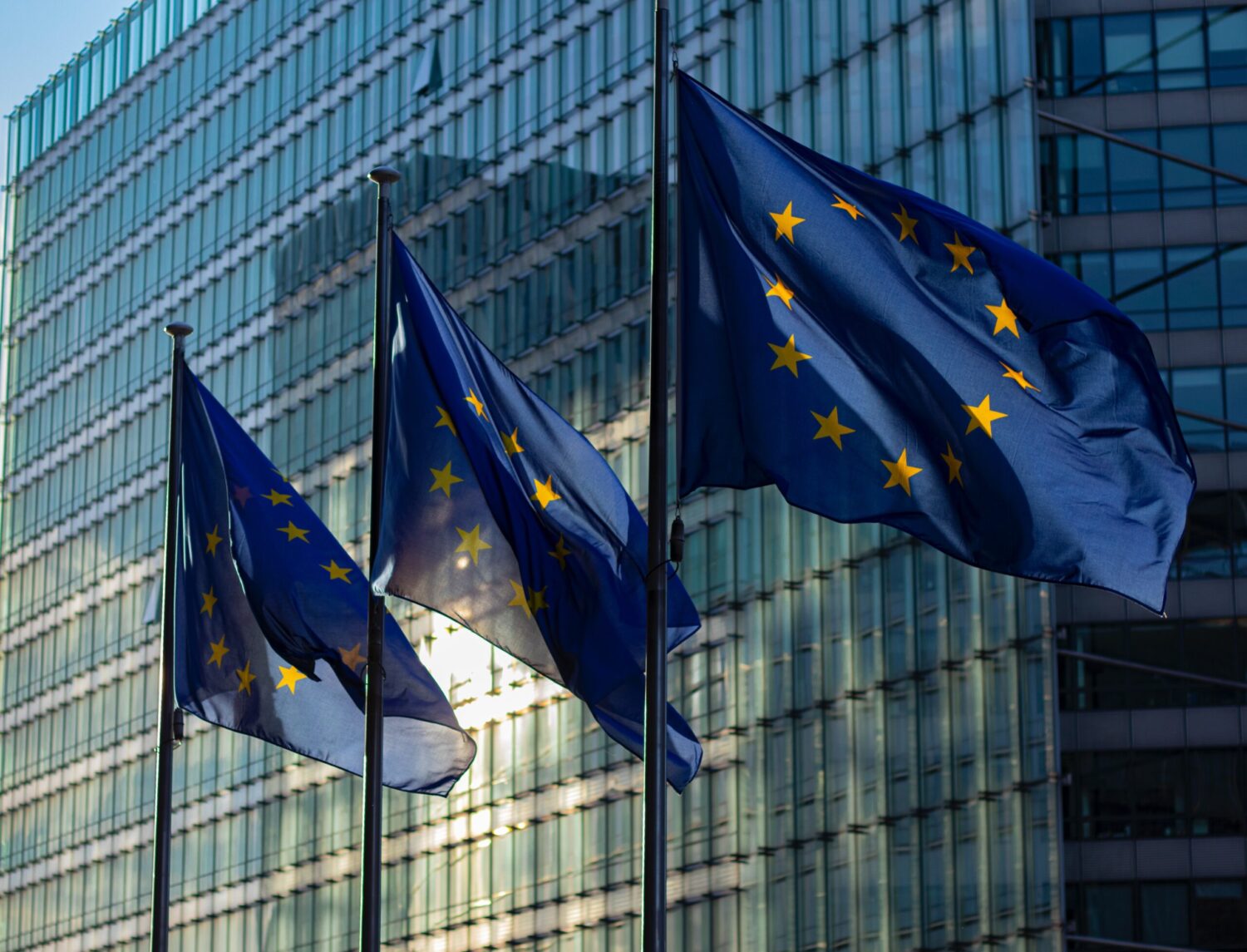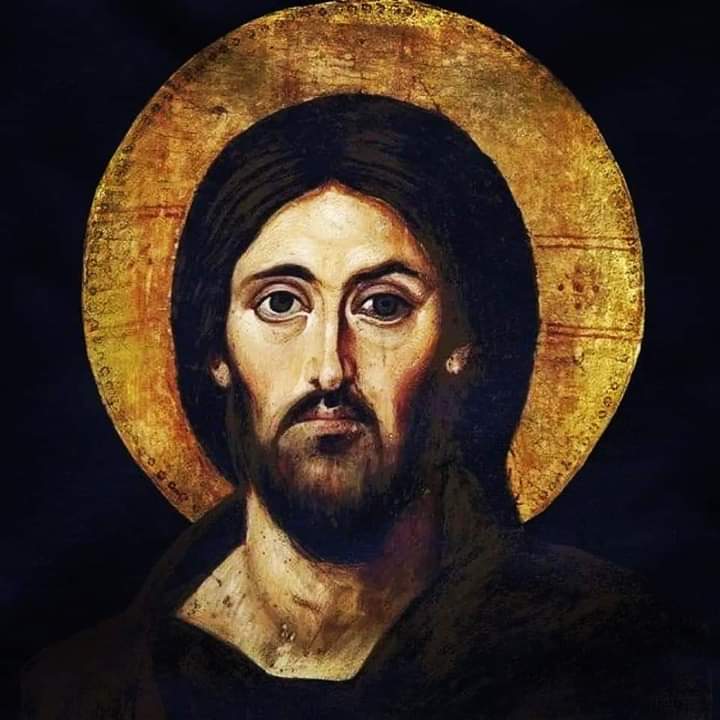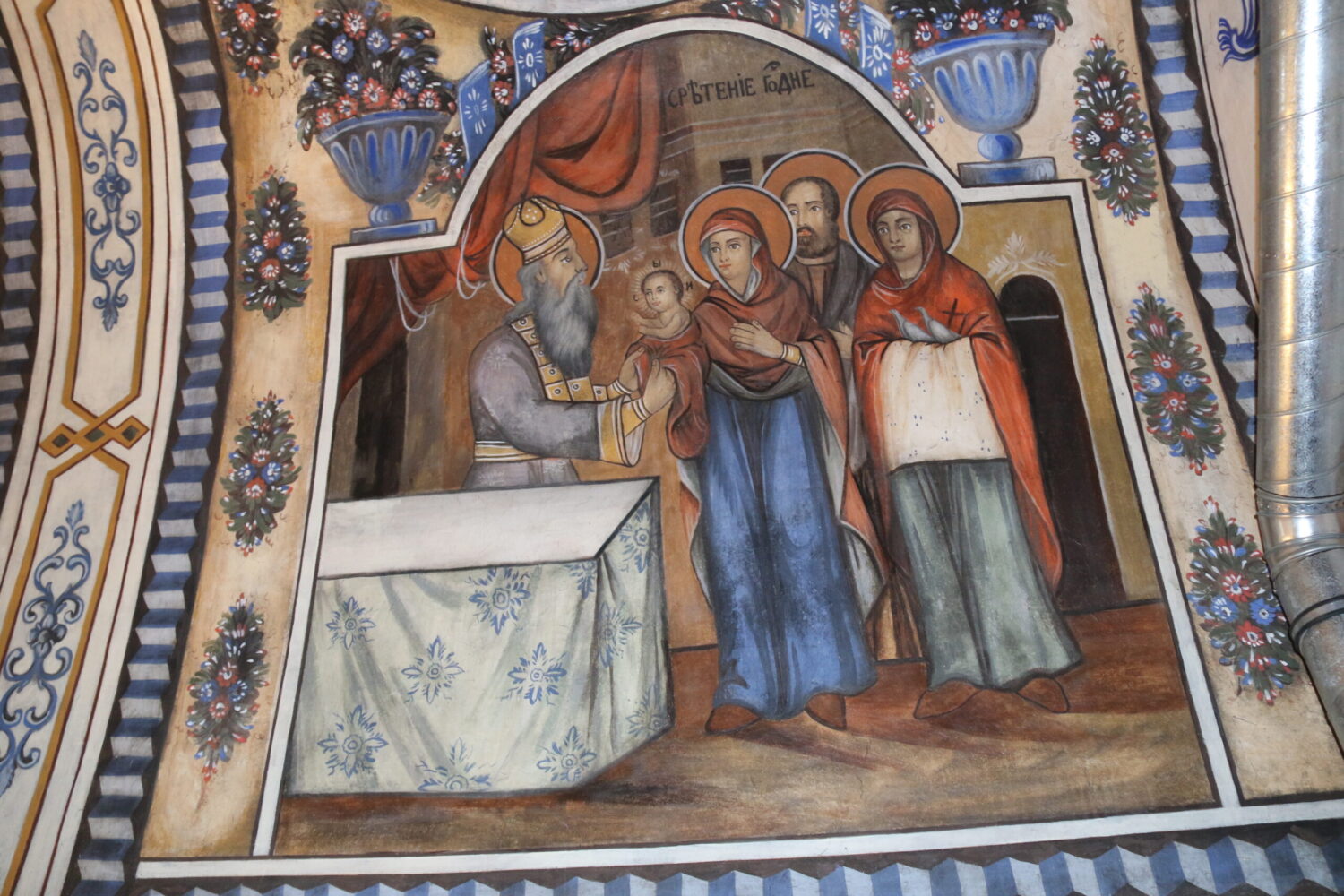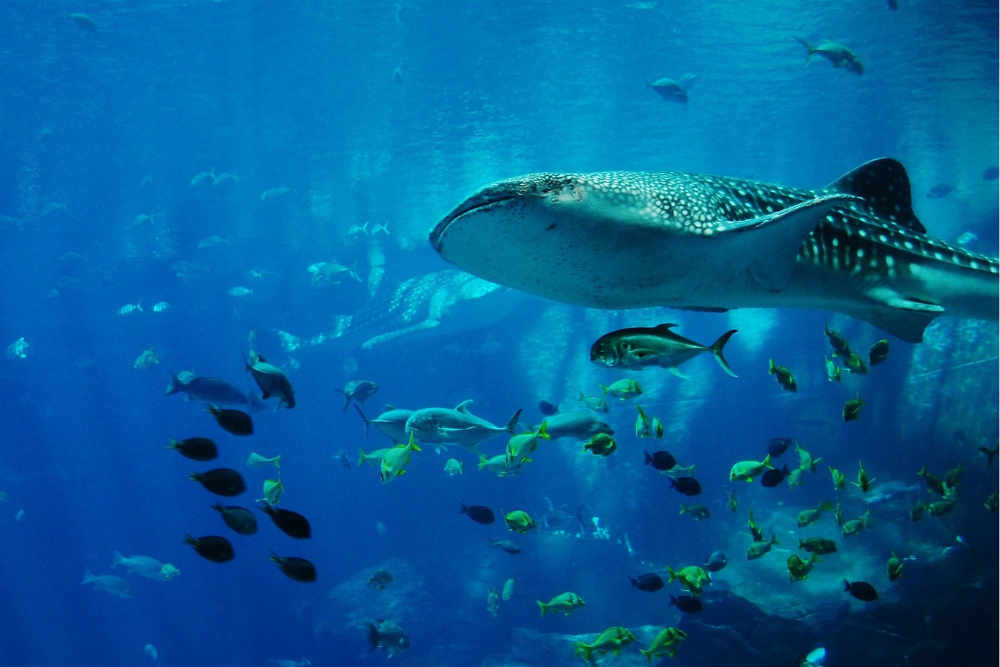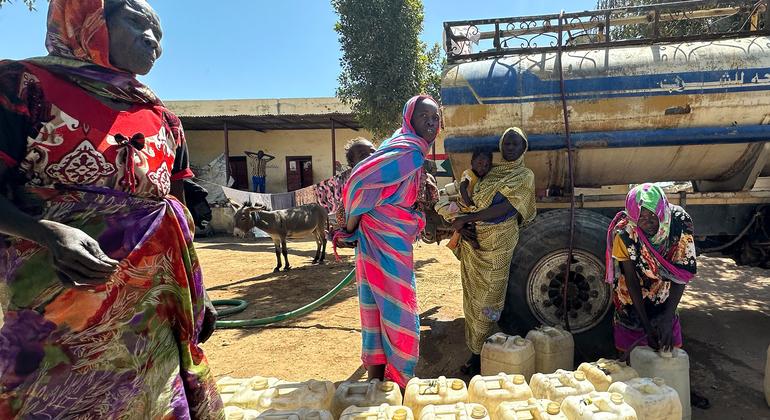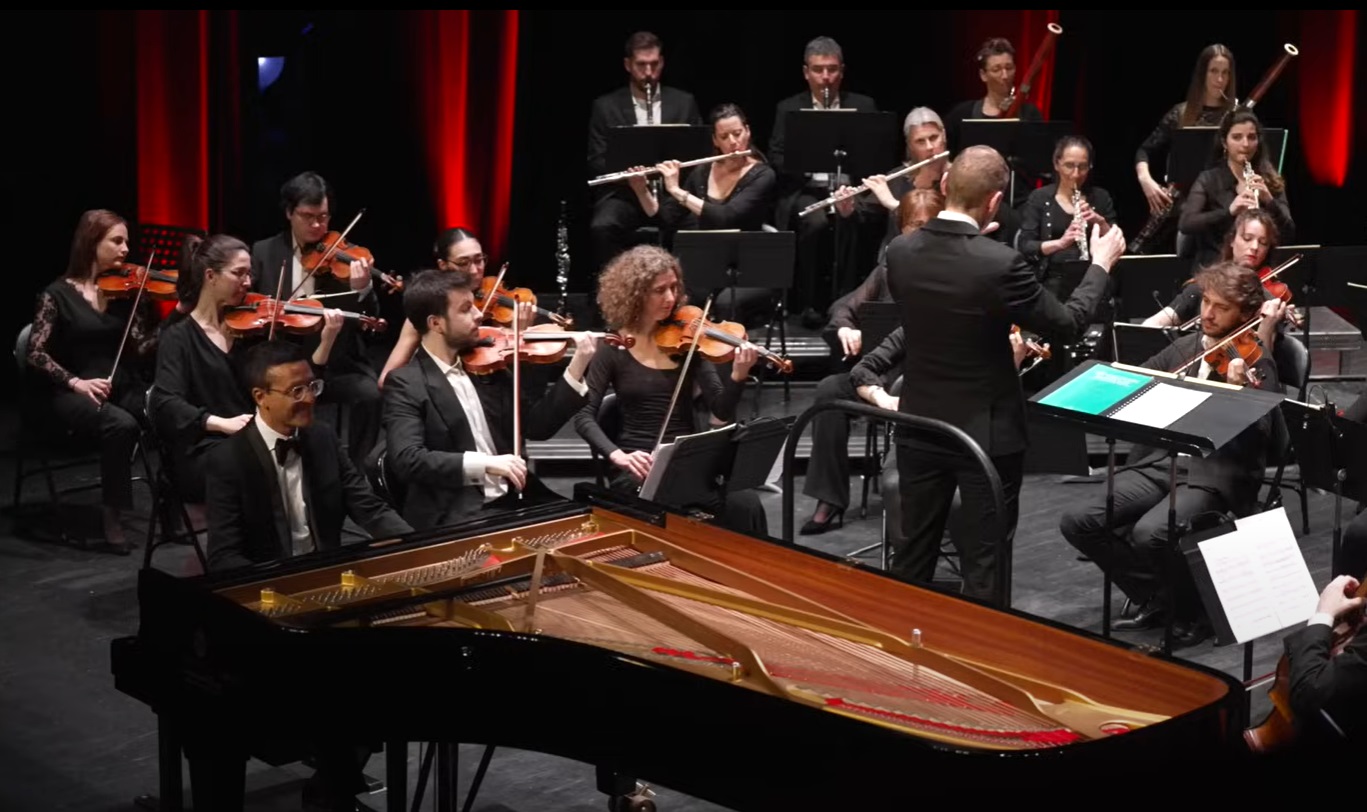The Church of Scientology recently opened its “Ideal Organization”, in Paris with a ceremony that showcased the city’s rich cultural heritage. Ideal Orgs is how Scientologists call the new breed of their places of worship that are fully equipped to show what is Scientology and deliver all their congregational services. The impressive six-story building in Avenue President Wilson of Gran Paris Saint-Denis, made of glass and wood, was unveiled amidst excitement on Saturday. The event attracted figures from the International Association of Scientologists (IAS) as well as esteemed guests, from various parts of France.
Presiding over the historic event was Mr. David Miscavige, Chairman of the Board Religious Technology Center and ecclesiastical leader of this young but established, growing religion. In his address to the exuberant crowd, Miscavige expressed the significance of setting this new spiritual home in the city. “While we’ve opened Ideal Orgs in other cultural epicenters, megacities of significance to our entire global movement, well, this one crowns them all. After all, you are in the Cultural Capital of Earth, and at the top of every ‘Best’ list. Best art. Best food. Best … Tower”.
Mr. David Miscavige also mentioned the significance of Paris, as a symbol of freedom highlighting the similarities, between the city’s principles and the Church’s core mission. “There is a birthright of this land that cannot be forgotten. It traces back to the strong voices of your Enlightenment in ages past,” he said. “By that I mean those who first championed the rights of man, the dignity of man and who gave birth to a phrase all but synonymous with the spirit of this day: Liberty, Equality and Fraternity. I say nothing better represents those ideals—and, in fact, the doingness required to attain those ideals—than your new Ideal Organization of Paris.”
One of the guest speakers at the event was Dr. Mouslim Fidahoussen, a religious scholar, expert in interfaith matters and an Imam. Fidahoussen commended the Church for its contributions in spreading positivity and joy through L. Ron Hubbard’s moral guidelines known as The Way to Happiness. “Even right here in district 93, your legacy precedes you. Your teams have delivered The Way to Happiness to places where happiness was probably considered just a fairy tale,” he said.
Another speaker, Mr. Jean Maher, an international human rights expert who has served as an advisor on rights issues to both European and US national governments, highlighted the Church’s passion for championing human rights. “As a citizen of France, I certainly consider it a duty and honor to carry forward this legacy of human rights. And your tradition of service includes delivering no less than 400,000 Human Rights booklets to the city squares, the train stations and all across France,” Maher said.
Mr. David Guyon, a lawyer expert on constitutional law and university lecturer who has fought against forced psychiatric commitment, spoke of the Church’s partnership with the Citizens Commission on Human Rights (CCHR) in shining a light on the abuse of forced incarceration in hospitals. “You are the ones breaking the stranglehold of psychiatry and giving thousands back their lives!” he exclaimed.
Representing the United Religions Initiative, Dr. Petar Gramatikov, a member of the United Nations NGO Committee on Freedom of Religion or Belief in Geneva, praised the Church’s work in promoting dialogue with other religions. “If you want to know who is the voice of interfaith progress, it’s you—the Church of Scientology! You have demonstrated an unconditional commitment to interreligious unity,” Gramatikov said.
The final guest speaker, Ms. Elodie Maumont, a tenacious attorney who specializes in defending civil liberties and religious freedom, expressed her admiration for the Church’s persistence and passion. “Today is the embodiment of your persistence in broad shining daylight,” she said. “This moment is your realization. It was driven by your perseverance and your passion. If we could bottle just a small amount of the life you bring to what you do, this world would be a different, brighter and peaceful one.”
As the ceremony drew to a close, Mr. Miscavige addressed the crowd once more, declaring, “And with that, we prepare to welcome Paris, in totality. So will begin your new legacy, as you invite the world to discover Scientology like never in history. But for now, today, we celebrate this stellar Ideal Org in the City of Light.”
With that, the grand blue ribbon atop the glistening building was cut, fireworks shot up, and the multitudes eagerly thronged through the doors to tour the exquisite new spiritual home, the Ideal Church of Scientology and Celebrity Centre Grand Paris, now open to all.
The new Church not only provides a hub for Scientology services, but also serves as a community center, hosting a range of events and programs, from interfaith forums and human rights summits to drug education conferences and cultural performances. Its Public Information Center offers visitors a comprehensive introduction to the beliefs and practices of the Scientology religion, as well as the Church’s various humanitarian initiatives.
The inauguration of this Ideal Org in Paris marks a significant milestone in the ever-growing global expansion of the Church of Scientology. Over the past years, the Church has opened new Ideal Organizations in major cities around the world, including London, Berlin, Tokyo, Mexico City, Madrid, Taiwan, Hamburg, Budapest, Copenhagen, and several many more across the United States; and in the last 6 weeks a total of 4 new places of worship Mexico del Valle, Chicago, Austin and now Paris.
As the City of Light welcomes this stunning new addition to its iconic landscape, the Church of Scientology’s presence in Paris is poised to inspire and uplift the community, fostering “greater understanding, cooperation, and a shared commitment to the ideals of liberty, equality, and fraternity that have long defined the city’s legacy”, said Ivan Arjona, church’s representative in Europe.



